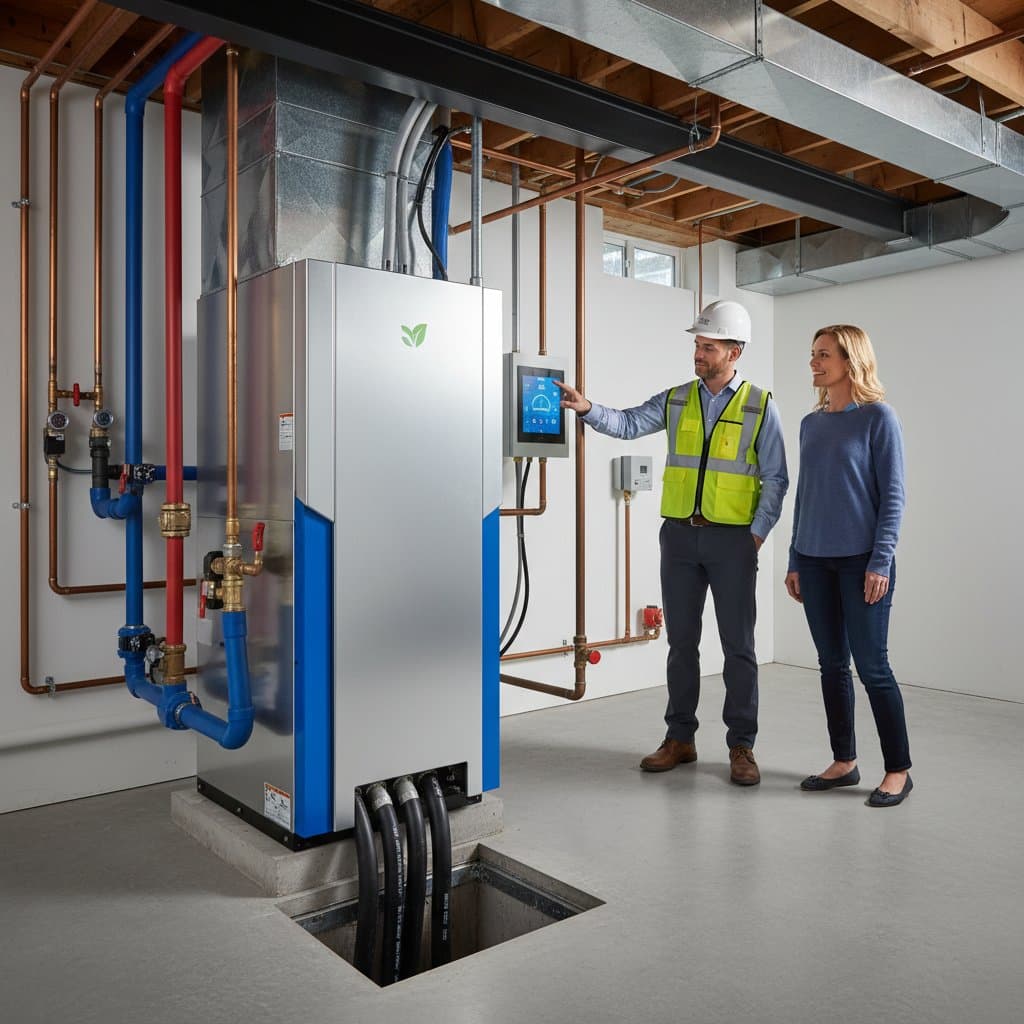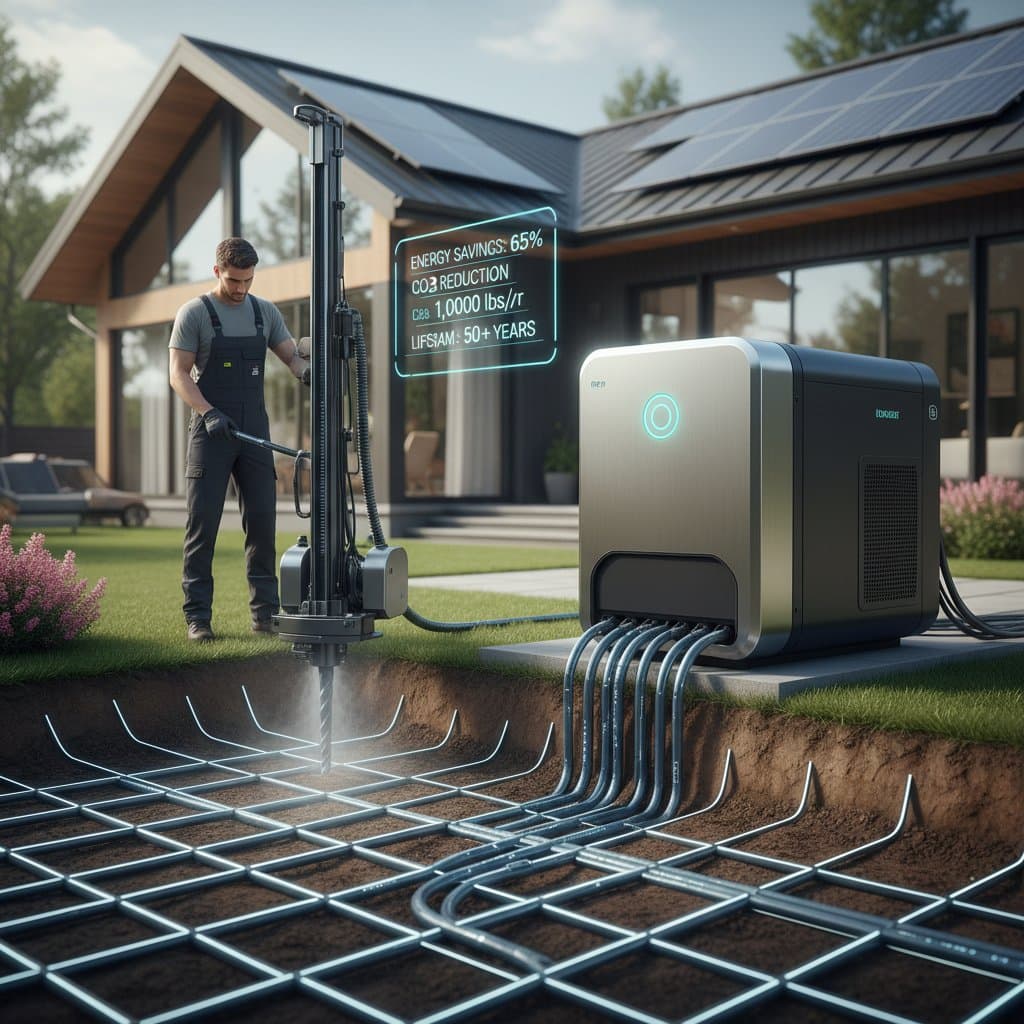Micro Wind Turbines: Harnessing Wind for Home Energy in 2025
Picture a gentle breeze turning the blades of a compact turbine in your yard, silently producing electricity to power your home. As rooftop solar gains widespread adoption, micro wind turbines emerge as a complementary solution in residential renewable energy. These systems enable homeowners to generate clean power more reliably, regardless of weather variations.
Essential Facts
- Micro wind turbines reduce household electricity expenses by 20 to 50 percent, based on local wind resources and system capacity.
- Initial installation expenses fall between $5,000 and $12,000, with many owners recovering costs in 6 to 12 years.
- Contemporary models feature reduced noise levels, smaller footprints, and adaptability to suburban or semi-rural settings.
- Integrating micro wind with solar forms a hybrid setup that stabilizes energy output across diverse conditions.
- Regional policies provide tax credits or rebates, offsetting up to 30 percent of setup expenses.
Understanding Micro Wind Turbines
Micro wind turbines consist of small-scale wind energy setups tailored for single-family homes or modest commercial sites. Distinct from expansive wind farms with massive rotors, these units reach heights of 30 to 50 feet and produce 100 watts to 20 kilowatts, varying by design.
Core elements encompass:
- Rotor blades that harness wind kinetic energy.
- A generator transforming that energy into electrical current.
- A supporting tower positioning blades in optimal wind flows.
- An inverter and battery array managing power storage and conversion for home use.
These systems supplement rather than fully supplant grid power, effectively diminishing overall consumption and bills for typical residences.
Energy Generation Potential
Output from a micro turbine hinges on prevailing wind velocities and installation site. Data from the U.S. Department of Energy indicates annual production of 400 to 1,200 kilowatt-hours under average winds. By contrast, a standard home uses approximately 10,000 kilowatt-hours yearly.
Thus, a single turbine might supply 5 to 15 percent of needs independently. In areas with reliable winds, contributions can exceed 50 percent. Linking with solar panels yields superior consistency, as wind generation often strengthens at night or in inclement weather when sunlight wanes.
Investment and Economic Analysis
Upfront costs represent a primary consideration in renewable adoption. Residential micro wind installations generally cost $5,000 to $12,000, covering hardware, mounting, and labor. Advanced configurations with expanded output may surpass $20,000.
Maintenance remains minimal, involving yearly checks and infrequent component updates at a few hundred dollars each. Systems endure 20 years or longer, positioning them as enduring assets.
Financial Supports and Returns
Public programs enhance accessibility through tax incentives, rebates, and favorable loans, frequently reimbursing 20 to 30 percent of initial outlays. Paired with bill reductions of $50 to $100 monthly or higher, payback occurs in 6 to 12 years for most.
Escalating utility prices amplify long-term gains. Beyond economics, such setups foster energy autonomy, proving valuable amid power disruptions.
Micro Wind Versus Solar: A Direct Comparison
Homeowners frequently debate solar versus wind options, yet integration maximizes benefits. The following table outlines key distinctions:
| Feature | Micro Wind Turbines | Solar Panels |
|---|---|---|
| Optimal Conditions | Steady winds exceeding 9 mph | Abundant direct sunlight |
| Typical Annual Output | 400 to 1,200 kWh | 4,000 to 6,000 kWh |
| Initial Investment | $5,000 to $12,000 | $10,000 to $20,000 |
| Durability | 20 years | 25 years |
| Peak Output Times | Evenings and adverse weather | Daytime under clear skies |
| Sound Profile | Subtle hum in recent designs | Completely silent |
Solar often handles primary production, while micro wind compensates during overcast or turbulent times. This synergy minimizes grid dependency.
Site Selection Criteria
Viability requires careful site evaluation. Optimal placements align with specific environmental traits. Review these elements prior to commitment:
- Wind Velocity: Target sites averaging at least 9 miles per hour; consult wind atlases or meteorological records for assessments.
- Clearance: Position turbines 30 feet above nearby barriers like foliage or structures to access unobstructed airflow.
- Property Dimensions: Favor open suburban or rural lots over crowded urban spaces.
- Auditory and Visual Impact: Updated designs minimize disturbance, though community guidelines may influence choices.
- Regulatory Compliance: Verify municipal codes on heights and locations to secure approvals.
Advantages for Residential Use
Bill reductions headline the appeal, yet broader merits abound. Micro wind installations deliver multifaceted value:
- Outage Preparedness: Battery integration ensures essential power during blackouts.
- Ecological Gains: Each unit averts hundreds of pounds of yearly carbon releases.
- Real Estate Boost: Properties equipped with renewables appreciate 3 to 5 percent in market value.
- Learning Value: Households gain hands-on insight into sustainable practices, engaging younger members.
Addressing Frequent Doubts
Outdated perceptions deter some from micro wind. Consider these rebuttals:
- Sound Levels: Innovations in blade technology limit noise to a faint whisper, surpassing many ambient urban sounds.
- Wildlife Concerns: Small-scale, ground-level units present far less hazard than industrial counterparts.
- Expense Barriers: Subsidies and savings render costs comparable to solar over time.
- Location Limitations: Viable even in select suburban zones with adequate breezes, beyond solely rural applications.
Perspectives from Specialists
Renewable energy engineer Dr. Michael Torres notes, “Micro wind turbines are no longer experimental. With the right conditions, they provide real value for households looking to diversify their energy sources.”
Energy consultant Sarah Liu observes, “The strongest adoption is happening where homeowners combine solar and wind. Together, they deliver a more balanced and resilient system.”
Such views underscore micro wind's integration into standard home energy strategies.
Steps to Implement Micro Wind
Begin with a professional site survey to gauge wind potential. Installers commonly provide resource analyses to confirm suitability. If favorable, evaluate isolated units against solar-hybrid alternatives.
Inquire with your electricity supplier regarding net metering, allowing surplus generation credits. Research jurisdiction-specific incentives to diminish startup expenses.
Diversifying with both solar and wind curtails grid reliance, trims expenditures, and advances environmental goals. Micro wind turbines transition from novelty to necessity, equipping prepared homeowners with sustainable, self-generated electricity.










